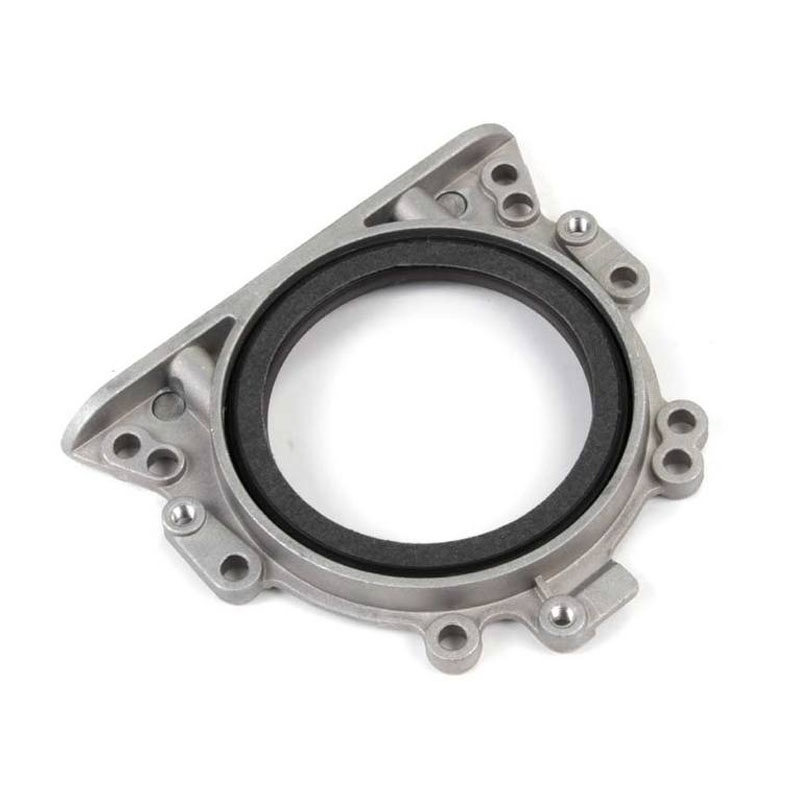hydraulic bonded seal
Understanding Hydraulic Bonded Seals An Essential Component in Fluid Systems
Hydraulic bonded seals are critical components in various hydraulic systems, ensuring the integrity and reliability of fluid transfer by preventing leaks and maintaining pressure. As industries increasingly rely on advanced hydraulics, the importance of high-quality sealing solutions becomes paramount. In this article, we will explore what hydraulic bonded seals are, their materials, applications, advantages, and some considerations for selection and maintenance.
What are Hydraulic Bonded Seals?
Hydraulic bonded seals, also referred to as hydraulic seals, are specialized sealing elements designed to prevent fluid leaks in hydraulic systems. These seals are constructed by bonding elastomeric materials, typically rubber, to a rigid substrate such as metal or plastic. This unique composite structure allows the seals to endure high pressures and adverse environmental conditions, making them ideal for use in various applications.
Materials Used in Hydraulic Bonded Seals
The performance and durability of hydraulic bonded seals largely depend on the materials used in their construction. Common elastomers include nitrile rubber (NBR), fluorocarbon (FKM), and polyurethane (PU), each offering distinct advantages based on the application environment
- Nitrile Rubber (NBR) Known for its excellent oil resistance and low-temperature flexibility, NBR is widely used in automotive and industrial hydraulic applications where exposure to oils and fuels is common.
- Fluorocarbon (FKM) This material excels in high-temperature environments and offers outstanding chemical resistance. FKM seals are perfect for hydraulic systems that handle aggressive fluids, such as hydraulic oils or chemical processing fluids.
- Polyurethane (PU) With excellent abrasion resistance and resilience, polyurethane is favored in demanding applications where wear and tear are concerns. Its versatility allows it to be used in both dynamic and static sealing applications.
Applications of Hydraulic Bonded Seals
Hydraulic bonded seals find applications in various industries, including
- Automotive Used in braking systems, power steering, and other hydraulic components, these seals ensure safe and efficient operation.
- Construction and Agriculture In heavy machinery and farming equipment, hydraulic seals play a vital role in the hydraulic systems that power critical functions, such as lifting and digging.
hydraulic bonded seal

- Aerospace Hydraulic systems in aircraft rely on tightly sealed components to maintain safety and performance during flights, making reliable sealing solutions indispensable
.- Manufacturing Many industrial processes require hydraulic actuators and cylinders, which necessitate robust sealing mechanisms to protect against fluid leaks and system failures.
Advantages of Hydraulic Bonded Seals
The benefits of hydraulic bonded seals are numerous
1. Leak Prevention Quality hydraulic seals effectively prevent fluid escapes, which is essential for maintaining pressure and operational efficiency in hydraulic systems.
2. Durability The combination of elastomeric material and rigid substrates provides exceptional resistance to wear, heat, and chemicals, thereby extending the seal's lifespan.
3. Versatile Applications The adaptability of hydraulic bonded seals to various environments makes them suitable for a wide range of industries.
4. Cost-Effectiveness By preventing leaks and enhancing system performance, hydraulic bonded seals can reduce maintenance costs and downtime, making them invaluable investments for businesses.
Considerations for Selection and Maintenance
When selecting hydraulic bonded seals, several factors must be considered, including the type of fluid, operating temperature, pressure, and the specific application environment. It is crucial to choose the right material to ensure optimal performance and longevity.
Regular maintenance, including inspection for signs of wear and tear, is essential to prevent seal failure. Operators should monitor operational conditions and replace seals as necessary to ensure system reliability.
Conclusion
Hydraulic bonded seals are indispensable components in hydraulic systems, providing essential sealing solutions across various industries. With a variety of materials and designs available, it’s critical to select the appropriate seal for your application to achieve the best performance and durability. By understanding their importance and maintenance requirements, industries can harness the full potential of hydraulic systems while minimizing downtime and costs.
-
Simplifying Oil Changes: A Comprehensive Guide to Oil Drain Plugs and Their Variants
News Aug.04,2025
-
Mastering Oil Drain Maintenance: Solutions for Stripped, Worn, and Upgraded Oil Plugs
News Aug.04,2025
-
Fixing Oil Pan Plug Issues: Leaks, Stripped Nuts, and the Right Replacement Solutions
News Aug.04,2025
-
Everything You Need to Know About Oil Drain Plugs: Sizes, Fixes, and Upgrades
News Aug.04,2025
-
Choosing the Right Oil Drain Plug: A Guide to Sizes, Materials, and Drain Innovations
News Aug.04,2025
-
A Complete Guide to Automotive Drain Plugs: Types, Problems, and Innovative Solutions
News Aug.04,2025
-
The Ultimate Guide to Car Repair Kits: Tools and Essentials Every Driver Should Own
News Aug.01,2025
Products categories















